Table of Contents (click to expand)
Inductors are coils of copper wire used to create a magnetic field. This magnetic field can then be used to generate an electric field. The voltage induced in an inductor is proportional to the rate of change of current. Transformers are devices that use induction to increase or decrease the voltage applied.
Between 1828 and 1831, Michael Faraday conducted what are now called his Christmas lectures in London. In the lectures, Faraday would demonstrate his antics with copper wires and bar magnets. Faraday, like a revered magician, would take immense pride in these demonstrations. These exhibitions were so wildly popular that even the Queen couldn’t resist a visit.
With the Queen in attendance, Faraday decided to demonstrate one of his favorite acts exclusively for her. He placed a coil of copper wire at one end of his table connected to another coil of copper wire placed at the other end. Besides the farther coil, he placed a small compass on the table. That’s all he needed. Faraday then rushed towards the first coil and moved a bar magnet to-and-fro inside it. As if by magic, the needle of the compass on the other end deflected!
However, the Queen, being as placid as the British can be, was unimpressed. She was utterly unaffected by how moving a magnet at one end could somehow affect the compass at the other end with nothing but thin air between them. She casually questioned the utility of whatever she had just witnessed, but Faraday, being as witty as the British can be, rather than being appalled, simply asked, “Madam, but of what use is a newborn babe?”
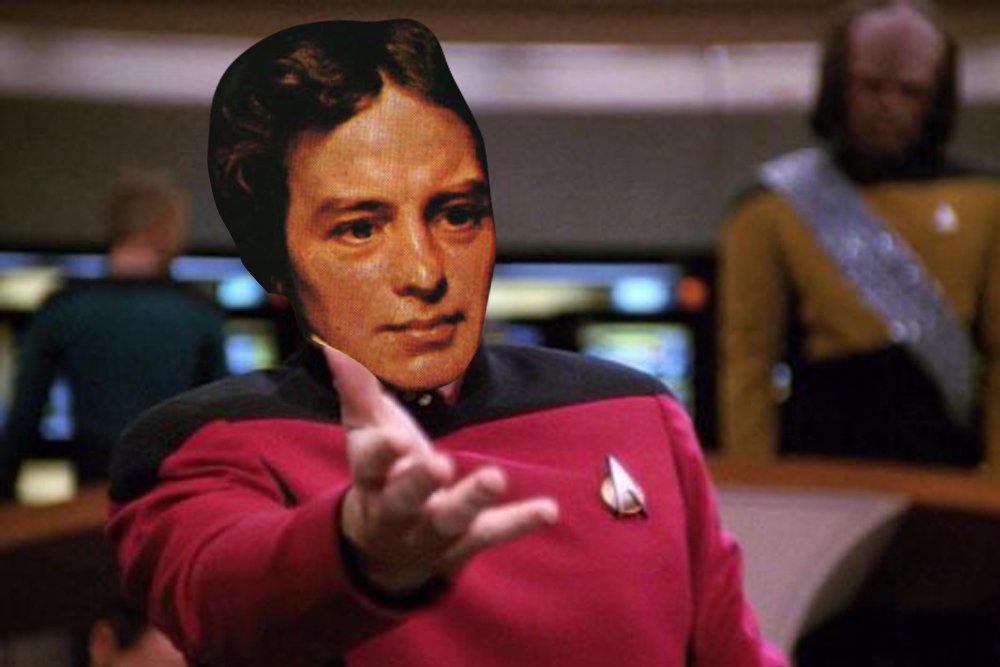
The story was narrated by Bill Nye’s elder brother to him. Bill Nye, however, later discovered that the tale had been slightly embellished. Faraday didn’t demonstrate this act to the Queen, but to his everyday audience, amongst whom a curious woman found herself confounded. While the story is embellished, his discovery is not. Faraday had just discovered that not only does a moving electric field generate a magnetic field, but that a moving magnetic field also generates an electric field. It was truly monumental: electricity and magnetism are fundamentally inseparable.
The Inductor
We know that current in a wire generates a magnetic field around it, but there is a reason why Faraday used wires wound in a coil, rather than wires stretched in length. Wires coiled in multiple turns generate a greater magnetic field than linear wires do. Such a coil is called an inductor. An inductor produces a greater magnetic field because it packs more wire in a lesser area, which means more current and thus magnetism. This magnetic energy can then be used to make powerful electromagnets.
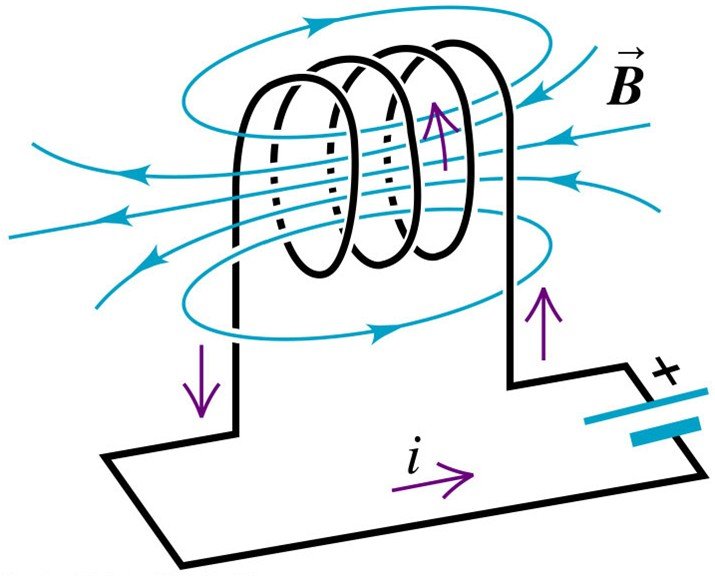
When an inductor is connected to a DC supply, it bears a magnetic field as the current passes through it. The current passing through it doesn’t reach its maximum value instantaneously. Thus, a bulb connected in series will not glow immediately as one would expect, but only after a certain delay. Similarly, when the DC supply is turned off, the current doesn’t reach zero instantaneously. The storing and releasing of current is sluggish, meaning that there’s a lag in the current’s output. If this released current is not allowed to exit through another outlet, such as a bulb in parallel, the current may cause a spark across the switch and threaten anyone coming in contact with it.
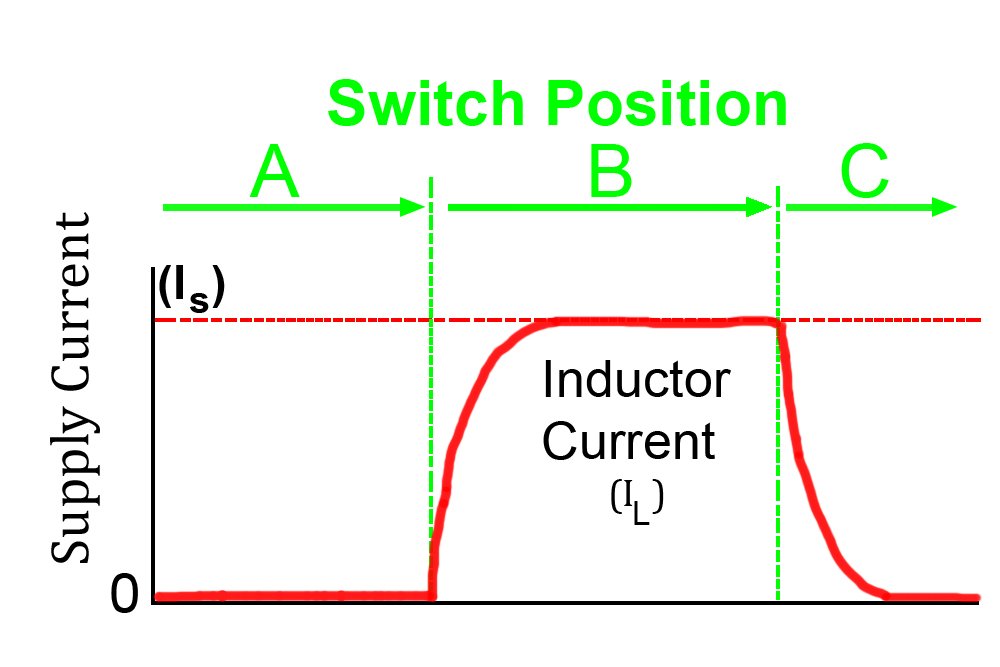
The rise and fall of current are sluggish because the sole purpose of an inductor is to produce a magnetic field that resists any change in the current that passes through it. The voltage induced in an inductor is proportional to the rate of change of current that flows through it. The constant of proportionality is denoted by ‘L’ and is referred to as the coil’s inductance or the measure of its ability to resist any change in current. This is measured in Henrys (H).
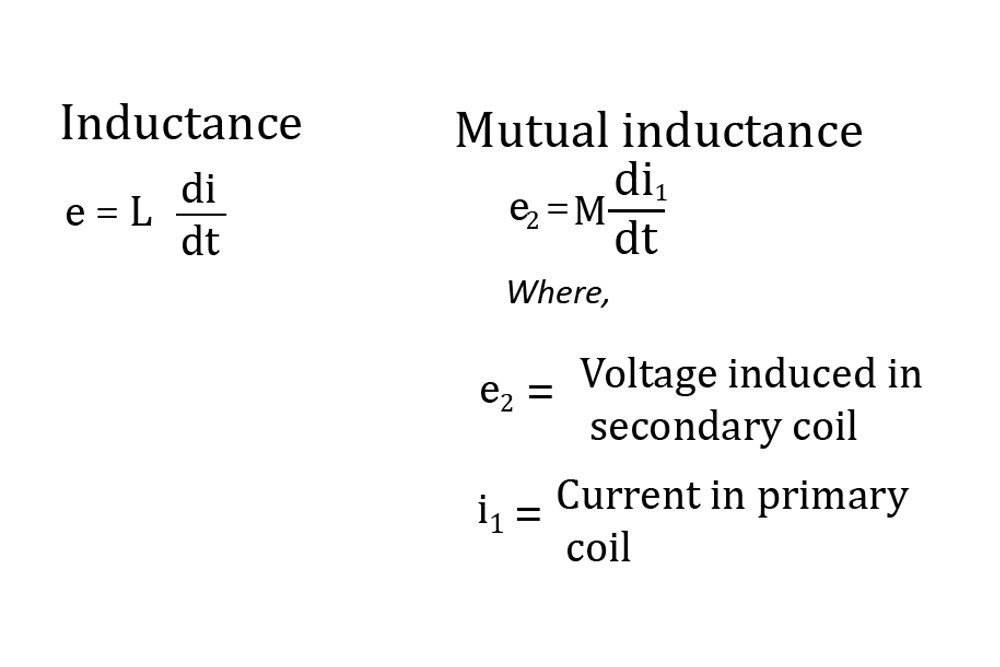
Essentially, all an inductor does is convert electric energy into magnetic energy and then convert this magnetic energy back into electric energy. So, just how a capacitor stores electric energy, for a brief period, an inductor stores magnetic energy.
Also Read: What Is Lenz’s Law And Why Is It True?
Faraday’s Law Of Induction
However, what Faraday discovered was that not only does a current induce a magnetic field in an inductor, but one could also induce a voltage in an inductor by moving a magnet inside it. Remember that it is not just a stationary magnet, but a moving magnet that induces electricity. It is not an inactive, but a moving or changing magnetic field in and around a conductor’s area, commonly known as a flux, that generates an electric field within itself. This is called Faraday’s law of induction.
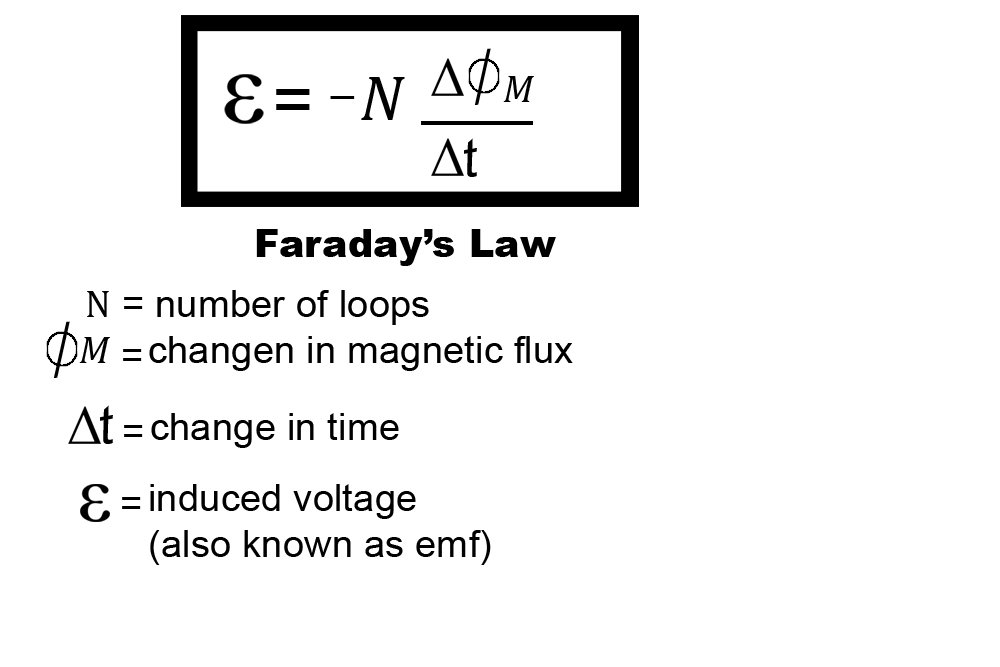
Note that the voltage induced is negative. The negative sign signals that the transfer of energy obeys the law of conversation of energy. This is known as Lenz’s law, according to which the voltage induced drives a current that generates a magnetic field in the opposite direction of the magnetic field to which it owes its existence.
If the equation didn’t contain a negative sign or the magnetic field didn’t counteract or resist the parent magnetic field, then the voltage induced would not only increase with an increase in the parent flux, but also with the flux that the current generates! A free lunch! This would be like saying the ball rolling on the ground will never come to a halt, but will be accelerated as the friction – rather than opposing its motion – would encourage it!
Induction is the reason why an electric field in the first coil on the table was induced when Faraday moved a magnet inside it. The coil bore a current that traveled to the second coil, causing it to generate around it a magnetic field. It was the magnetic field generated by this coil that disturbed the needle.
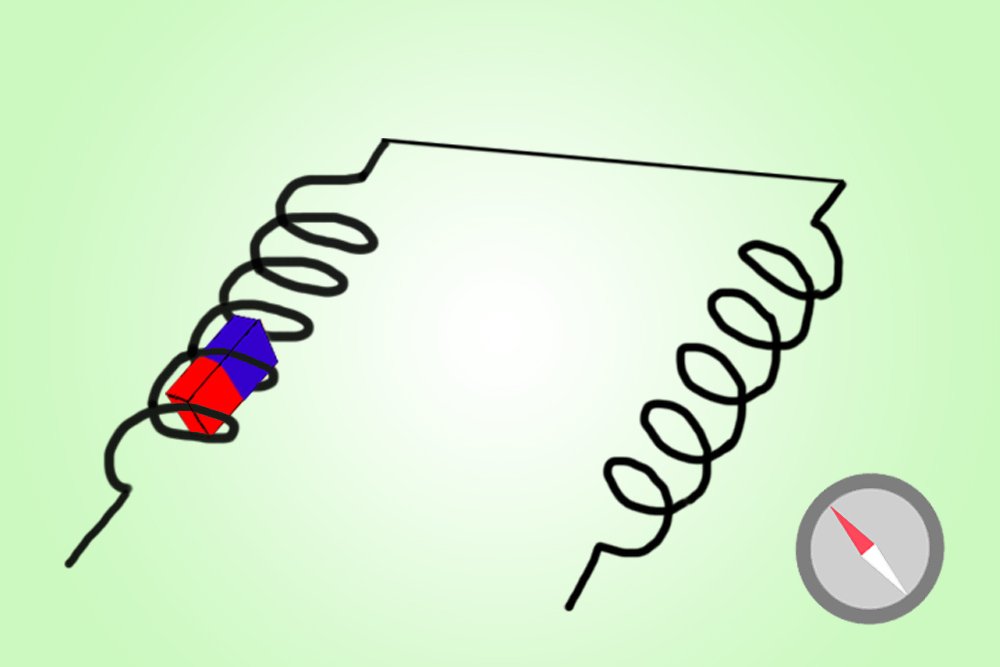
What Faraday had demonstrated was profound, but what he did next was revolutionary. Faraday wondered whether this mechanism could be used to transfer electric energy from one circuit to another… without wires. Couldn’t voltage be induced in the second coil if the magnetic field generated by the first coil were to change in its vicinity?
Would achieving a constant current in the second coil require us to move the magnet perpetually in-and-out of the first coil? Well, not exactly. One need not produce a changing magnetic field necessarily by tirelessly moving a magnet. One can also move the coil itself or the current in it.
The Transformer And ‘The Act’s Utility’
Rather than perpetually moving the magnet, Faraday realized and demonstrated that when the first coil was connected to a supply voltage and what was perpetually turned on and off is the current in it, the coil generates a changing magnetic field, just as a moving magnet does. This field will induce an electric field in the coil adjacent to it, causing the needle of a galvanometer connected to this coil to deflect unceasingly. This, in fact, is the working principle of a transformer.
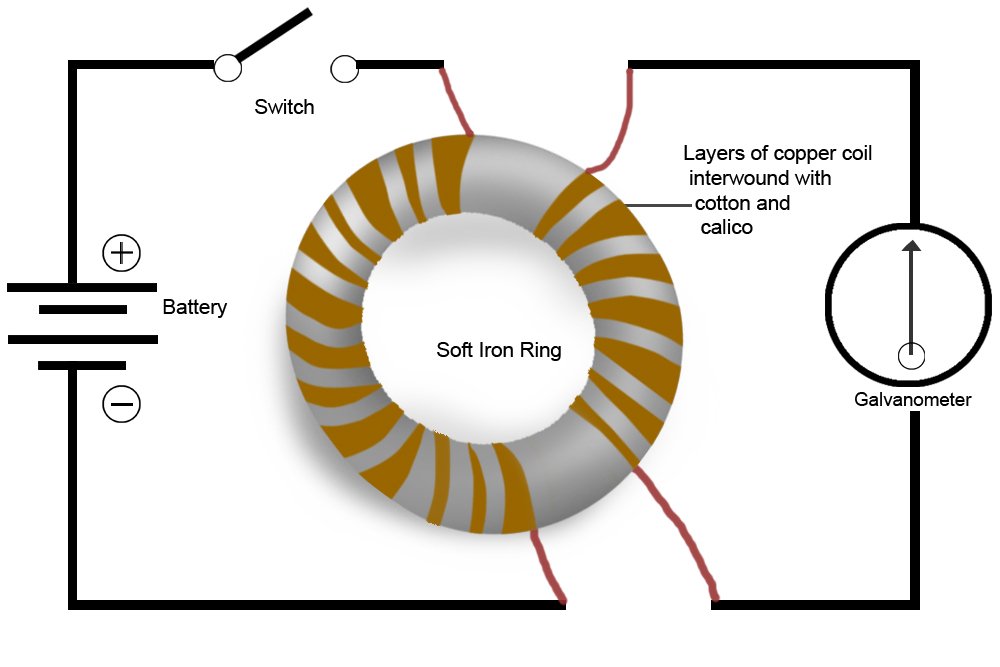
Transformers are devices that increase or decrease the voltage applied to another circuit. For instance, if a 200V supply might be overbearing for a machine that operates on a 50V supply, a transformer connected between these supplies could achieve this reduction.
A transformer is nothing but an immensely coiled inductor. It operates not on a DC, but an AC supply. An AC supply alternates between the power’s source and destination, emulating the perpetual “on and off” effect.
In the first cycle of the AC supply, the current through it increases, as it does in any inductor, causing an upsurge of a magnetic field. However, when the current alternates in the second cycle, or when it changes direction, the direction of the inductor’s magnetic field changes with it. As the current perpetually alternates, the magnetic field is unable to saturate, as it is forced to alternate reflexively.
This changing magnetic field has, on another inductor, the same effect as of a moving magnet. The flux will induce a voltage in it. However, one can infer from Faraday’s formula that this voltage is proportional to the number of turns of the inductor. This means that the voltage can be increased if the second inductor has more turns than the first. Such a transformer is called a step-up transformer. Similarly, the voltage can be decreased by using a transformer with fewer turns than the first. This is called a step-down transformer.
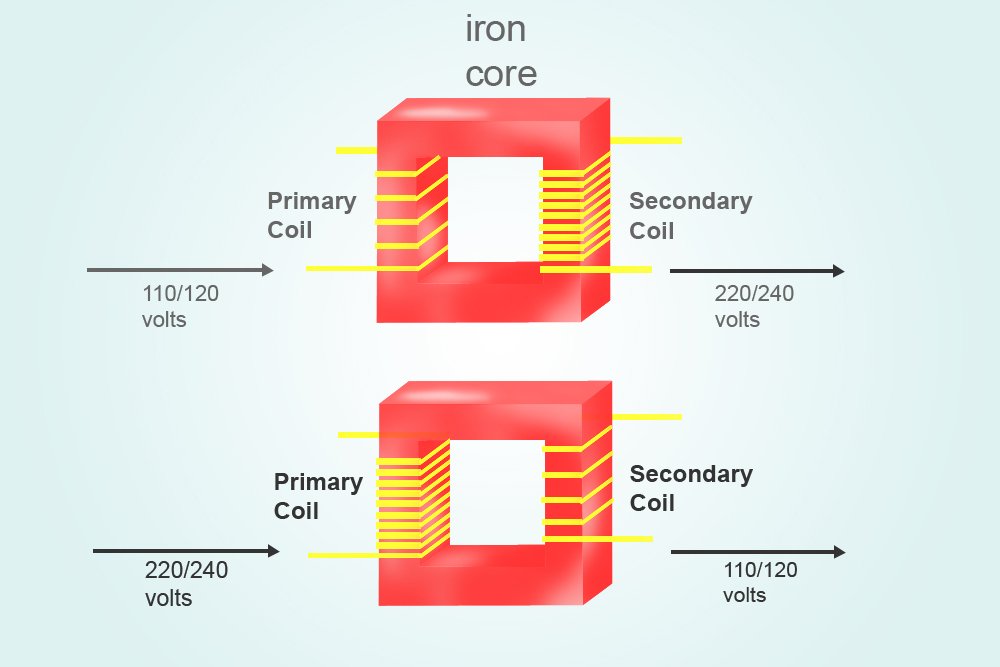
As for answering the woman’s question, inductors are indispensable to humans. Without them, motors, generators, phones, laptops, tablets, remotes… the entirety of wireless communication technologies, including wireless internet and therefore memes, would’ve been unfathomable. Without inductors, converting deadly voltages from power generators to safe, household voltages would’ve been impossible. In fact, without the knowledge of induction, one couldn’t have generated an AC voltage itself! Faraday was a visionary, a genius, miles ahead of his time.
Also Read: What Is A Transformer?
How well do you understand the article above!

